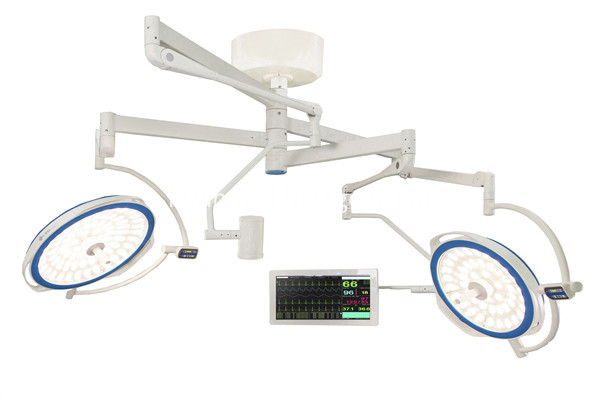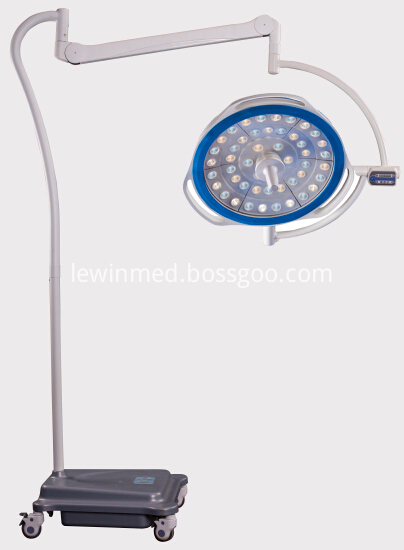Release date: 2016-06-29
Gene editing technology Crispr has been approved for anti-cancer trials in humans, a key step in rewriting the genes of the human immune system.
Despite the controversy surrounding the use of Crispr technology in humans, scientists from the University of Pennsylvania have been supported by the Ethics Committee of the National Academy of Medicine and have been allowed to try Crispr, a genetic editing technology, on 18 cancer patients in an attempt to rewrite these patients. The immune system gene. However, the final test is still approved by the US FDA.
Crispr technology can be called an invention that has been most inspiring in the life sciences in recent decades. Its birth has given rise to new generations of genetic engineering that has been quiet for generations. With this technology, scientists can easily manipulate the genes of any organism, especially for the treatment of rare diseases. Biomedical company Editas Medicine hopes to use Crispr technology next year to treat a very rare eye blindness.
Crispr's approval of human trials in the field of cancer has made the application of the technology earlier than many people think, and it is more widely used. It is expected to change the fate of patients with incurable diseases such as myeloma, melanoma and sarcoma.
Knockout of PD-1 gene on T cells
Scientists will first replace the immune system-responsive T cells in the blood samples of these patients with more effective T cells that are more lethal to cancer cells. These T cells will be reinfused into the patient, and scientists will observe them. The safety and effectiveness of the human body confirms the reliability of this technology.
The trial will provide the technical foundation for future scientists to overcome more diseases, as well as to invent genetically modified foods and even genetically modified babies. The First Financial reporter interviewed Ms. Jennifer Doudna, the inventor of Crispr cas9 technology and professor at the University of California, Berkeley. She said that Crispr technology can be used to easily implement gene editing. “It's like changing a word in a Word document or replacing a picture in a video clip. We can program a protein and combine it with any DNA, even if The same applies to human cells. We can let this protein cut the DNA very precisely, then let the edited cells repair the DNA and insert the position of the cut DNA very accurately."
However, experts say that the application of Crispr gene editing technology also has certain risks. Researchers at the Shanghai Pasteur Institute of the Chinese Academy of Sciences, a related professional, told the First Financial Reporter: "The use of Crispr to knock out the PD-1 gene on patient T cells is more risky than using PD-1 antibodies. The advantage is that it can circumvent Loss of non-specific damage caused by the use of PD-1 antibodies, but this method may cause a strong autoimmune response, so it may be used first in patients with advanced cancer who are ineffective in other medical treatments." He also said that Crispr technology is now very hot. This is another reason why many research institutions are willing to use this technology.
"Silicon Valley Wizards" is behind the scenes
It is worth noting that the supporters behind the project are Silicon Valley tycoon Sean Parker. Known as the "Silicon Valley Wizards", Parker helped Zuckerberg build Facebook and is the first president of Facebook. This year his goal is to overcome the problem of curing cancer, and persuaded hundreds of top scientists from major research institutions in the United States to set up the Parker Institute for Cancer Immunotherapy for cancer immunotherapy research. Top cutting-edge immunotherapy technology overcomes cancer problems.
The Parker Research Institute for Cancer Immunotherapy is comprised of more than 300 top scientists and 40 laboratories from Stanford University, the University of California, the University of Pennsylvania, the US Anderson Cancer Center, and the Sloan Gelling Cancer Center. The organization has $250 million in funding that enables these top scientists to access the latest technologies and information on cancer immunotherapy.
Parker has said that it is possible to transform the latest cutting-edge scientific findings in synthetic biology, immunology and genomics into treatments for intractable diseases.
Going forward in the dispute
Cancer immunotherapy is currently one of the hottest topics in biotechnology. US President Barack Obama has previously launched a "moon landing plan" to overcome cancer, and plans to invest $1 billion in this project in the next two years. The use of gene editing technology in immunotherapy will be groundbreaking.
In 2015, scientists at Sun Yat-Sen University in China have used Crispr Cas9 technology to perform genetic modification experiments on human embryos. Although no substantial success has been achieved, this incident has also triggered a strong reaction from the international community.
At the beginning of this year, the British government approved the experimentation on human embryos, which is regarded as a major measure to support the basic research of gene editing, and also an important step for human genetic research.
Despite this, some scientists worry that Crispr technology has been improperly used or has been used too. For example, when genetic editing becomes so simple, people can completely edit human embryos and germ cells to create "genetically modified babies," which means that in the future, people can create a part of "elite people" according to their design. Both appearance and traits are superior to ordinary people, and can be passed down from generation to generation. In other words, it can affect human evolution, which has caused strong protests from ethic defenders.
In this regard, Doudna, the inventor of Crispr Cas9, believes that "the advancement of science should not be stagnant because of concerns about ethical issues. On the contrary, basic research is very important and can help scientists explain many fundamental problems."
Source: Qian Tongxin
Round type sugical lamp is the most matured LED lamp in all LED series, it has producted for many years and exported to many countries, just like USA, UK, India, Italy, Thailand and other countries in the workd, almost zera maintainance rate, customers all give good feedback. the surgical lamp has the function of Clear lighting field; Outstanding color rendering index; Convenient removable sterilize handle; Control panel can choose touch screen control panel or normal control panel; it also has excellent color temperature adjustable technology; the operating lamp also can add HD camera system which is medical grade; for this OT lamp, it has ceiling type, wall type and mobile type; ceiling type can choose single dome, double dome or add camera system;



ot light,operation theatre light,operating light,operating room light,surgery light,surgicai lamp,Led ot light
Shandong Lewin Medical Equipment Co., Ltd. , https://www.lewinmed.com